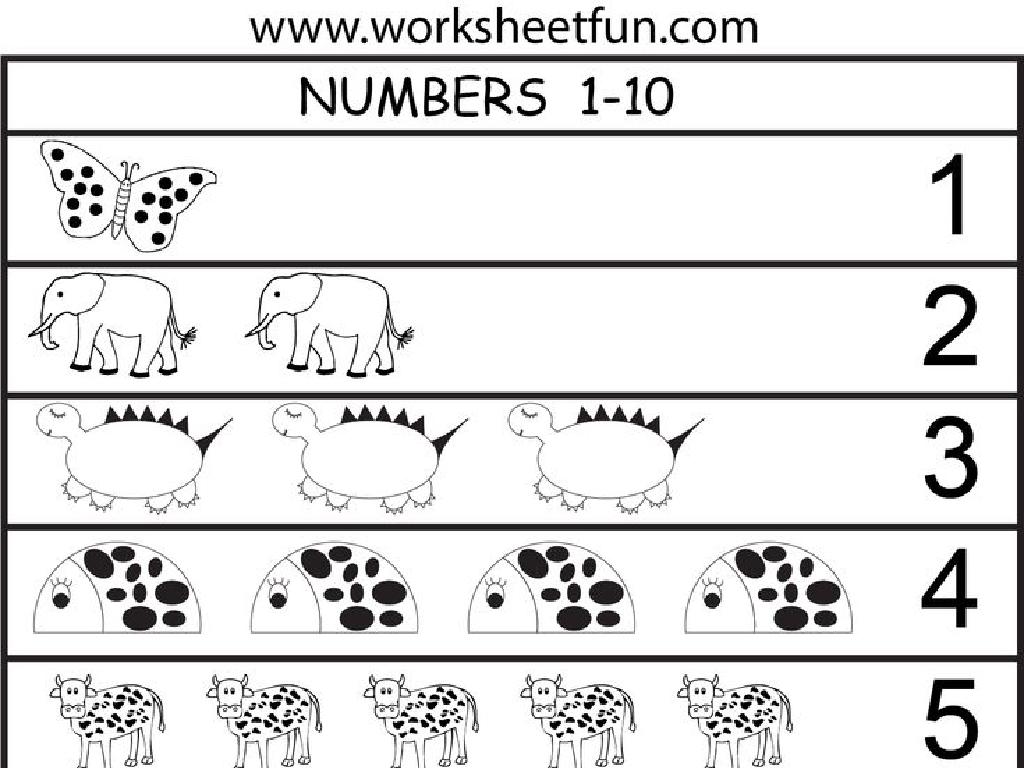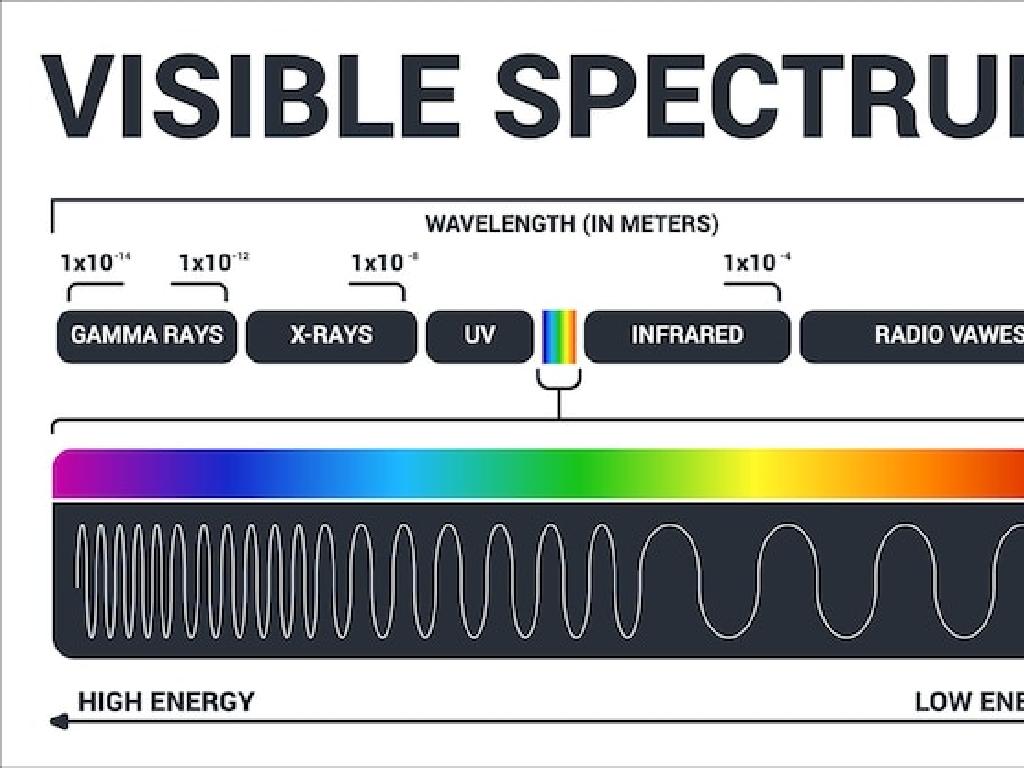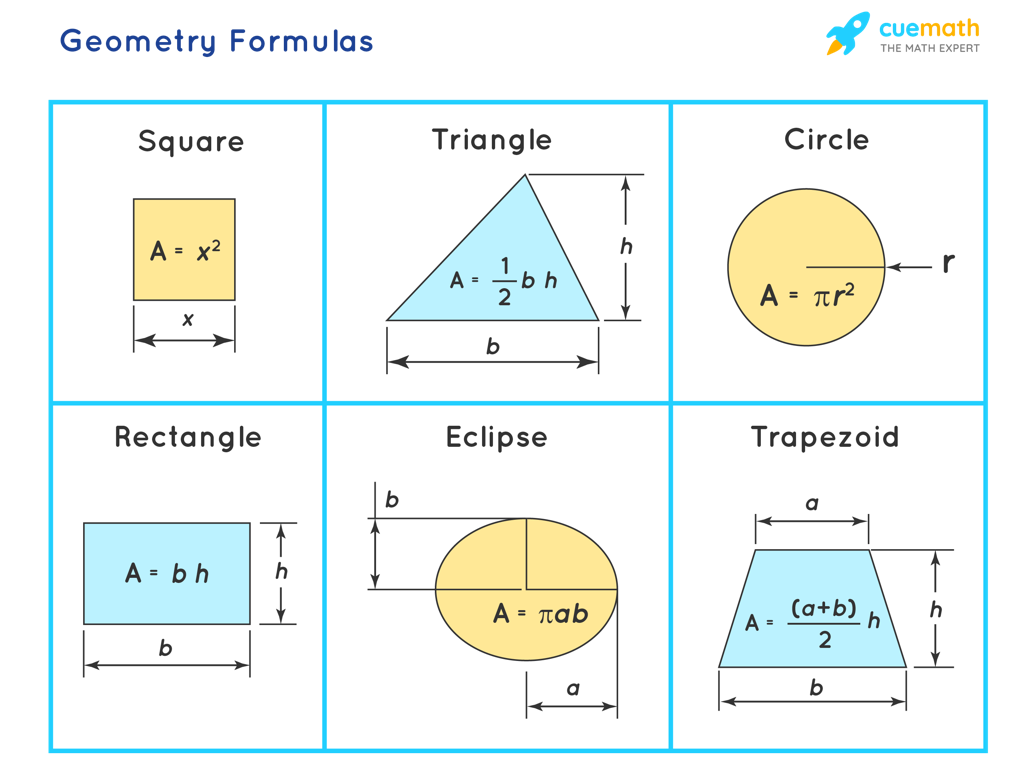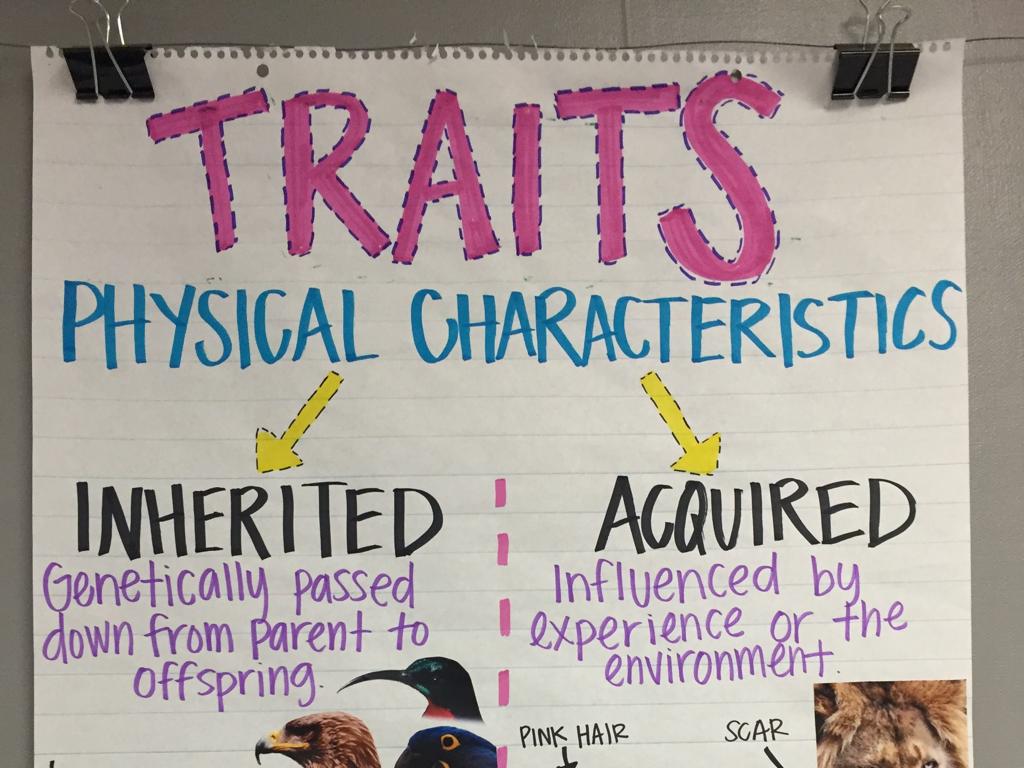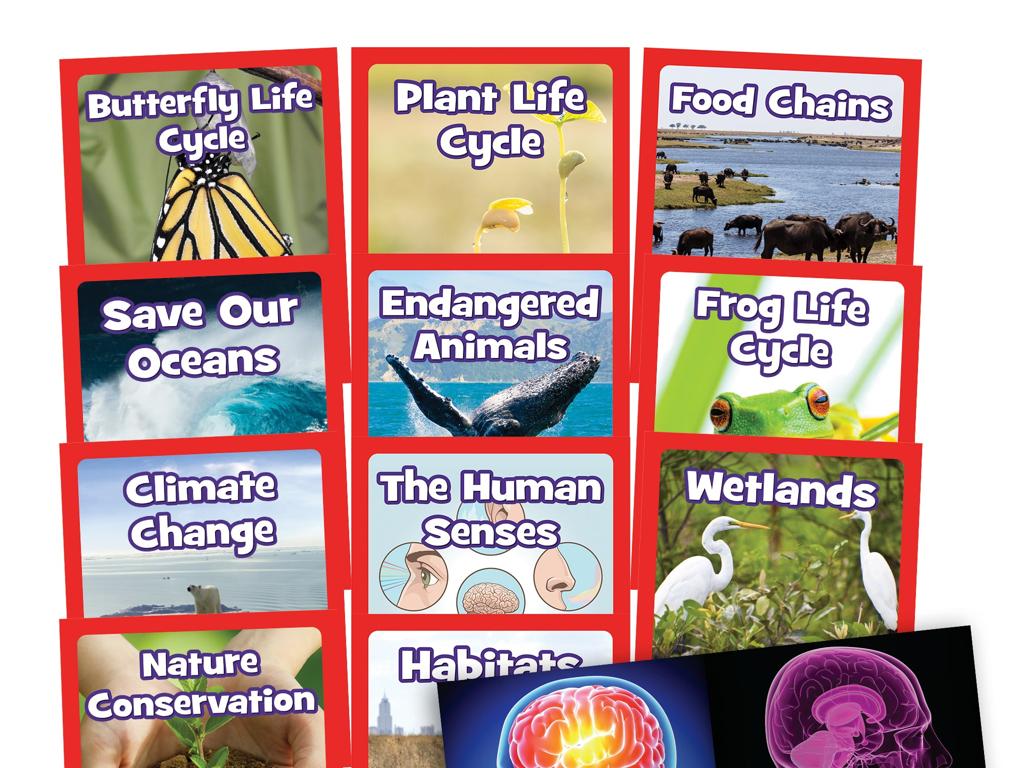Build Cube Trains To Measure Length
Subject: Math
Grade: Kindergarten
Topic: Measurement
Please LOG IN to download the presentation. Access is available to registered users only.
View More Content
Welcome to Measurement with Cubes!
– Learning to measure
– What is measurement?
– Measuring means finding out how long something is
– Using cubes to measure
– We’ll use colorful cubes to see how long our toys are
– Fun with cube trains
– We’ll make trains of cubes to compare lengths
|
This slide introduces the concept of measurement to Kindergarten students. Start by explaining that measurement is a way to find out how long or big something is. Use simple language and real-life examples, like comparing the length of pencils or the height of stacked blocks. Introduce cube trains as a fun, hands-on activity where students use uniform cubes to measure objects around the classroom. Encourage them to connect the cubes end-to-end alongside items to ‘measure’ them. Prepare to demonstrate how to line up the cubes without gaps and explain that each cube is equal to one unit of measure. Plan several examples and have a variety of objects ready for the children to measure during the activity.
Exploring Length with Cube Trains
– Understanding length concept
– Length is how long something is.
– Measuring with hands, feet, cubes
– Use different tools to find length.
– Examples of measurable items
– Measure toys, books, or furniture.
– Let’s build and measure!
|
This slide introduces the concept of length to Kindergarten students, explaining that length measures how long something is. It encourages students to think about length in terms of familiar objects like their hands, feet, and toys. The slide sets up an activity where students will use cube trains stacks of cubes stuck together to measure various items. This hands-on approach helps students grasp the abstract concept of measurement in a concrete way. For the activity, provide a variety of items for students to measure, such as classroom objects, and ensure they understand how to line up the cubes with the edge of the item being measured. Encourage them to count the cubes and compare lengths of different items.
Measuring with Cube Trains
– What is a cube train?
– A line of cubes attached end to end
– Cube trains measure length
– Compare lengths of different items using cube trains
– More cubes, longer train
– Adding cubes makes the train extend
– Practice with real objects
– Use cube trains to measure items in the classroom
|
This slide introduces the concept of using cube trains as a tool for measuring length, which is a practical and visual method suitable for Kindergarten students. Start by explaining what a cube train is and how it can be created by connecting cubes together. Demonstrate how to use cube trains to measure the length of various objects by aligning the train next to the item. Emphasize that the number of cubes in the train corresponds to the length of the object. Encourage hands-on practice by having students build their own cube trains and measure items around the classroom. This activity will help them understand the concept of length and the use of non-standard units of measurement.
Let’s Measure with Cubes!
– Cubes as measuring tools
– Cubes are uniform in size
– Each cube is equal, like a unit of measure
– Lining up cubes measures length
– Place cubes end to end without gaps or overlaps
– Counting cubes for length
– The number of cubes equals the object’s length
|
This slide introduces the concept of using cube trains as a hands-on method for measuring length, which is suitable for Kindergarten students. Emphasize that each cube is the same size, making it a reliable unit for measurement. Demonstrate how to line up cubes from one end of an object to the other without leaving spaces or stacking cubes. Encourage students to practice by measuring various classroom objects with cube trains and counting the number of cubes used. This activity will help them understand the concept of length and develop their counting skills. Prepare to assist students in lining up their cubes correctly and verifying their counting.
Measuring Practice with Cube Trains
– Measure classroom objects
– Count cubes for your pencil
– How many cubes end-to-end to match the pencil?
– Build a train as long as your shoe
– Line up cubes next to your shoe and count
– Compare lengths with friends
– Whose cube train is longer or shorter?
|
This slide is for a hands-on class activity where students will use cube trains to measure various objects in the classroom. Provide each student with a set of cubes and ask them to measure their pencil by lining up cubes end-to-end alongside it. Then, challenge them to build a cube train as long as their shoe. Encourage students to compare their cube trains with each other to see whose is longer or shorter. This activity helps students understand the concept of length and measurement in a tangible way. Possible variations of the activity could include measuring books, desks, or small toys. Ensure that students understand that the cubes must be touching end-to-end to measure accurately and that they should count each cube only once.
Class Activity: Build Your Own Cube Train
– Let’s build a cube train!
– Choose an object to measure
– Maybe a book, a pencil, or a shoe?
– Work together with friends
– Share cubes and take turns
– Make your train as long as the object
– Line up cubes end-to-end next to the object
|
This activity is designed to introduce Kindergarten students to the concept of measurement using cube trains. Encourage the children to select various objects around the classroom that they can measure. They should work in small groups to foster teamwork and communication. Each group will use connecting cubes to build a train that matches the length of their chosen object. This hands-on activity will help them visualize and understand the concept of length. Provide guidance on how to align the cubes and check if the train is the same length as the object. Possible variations of the activity could include measuring multiple objects, comparing the lengths of different cube trains, or even incorporating counting and color patterns into their cube trains.
Show and Tell: Measuring with Cube Trains
– Share your cube trains
– Describe the measured object
– What object did you choose?
– Tell the cube count
– How many cubes did it take to match its length?
– Discuss the measurement
|
This slide is for a class activity where students will present their cube trains used to measure objects. Encourage each child to talk about the object they measured, such as a pencil, shoe, or book. They should state how many cubes long the object was, fostering a connection between the physical act of measuring and the concept of length. Prepare to assist students in counting if needed and to affirm their efforts. Possible activities include measuring classroom items, comparing lengths of different objects, and even measuring the same object with different-sized cubes to understand the concept of consistent units of measure.
Review and Goodbye!
– Great job with cube trains!
– Measuring shows length or height
– Like how tall is a teddy bear or how long is a toy car.
– Next time, we’ll use new objects!
– Keep practicing measuring at home!
– Try using blocks, spoons, or your own feet!
|
Today’s class was a success, and the students did a fantastic job using cube trains to measure various items. It’s important to reinforce the concept that measuring can help us determine the length or height of objects, which is a practical skill in everyday life. For the next class, prepare different measuring tools to show the versatility of measurement. Encourage the children to practice at home using safe, everyday objects, which will help solidify their understanding of measurement. This will also prepare them for the next lesson, where they will be introduced to new measuring methods.

